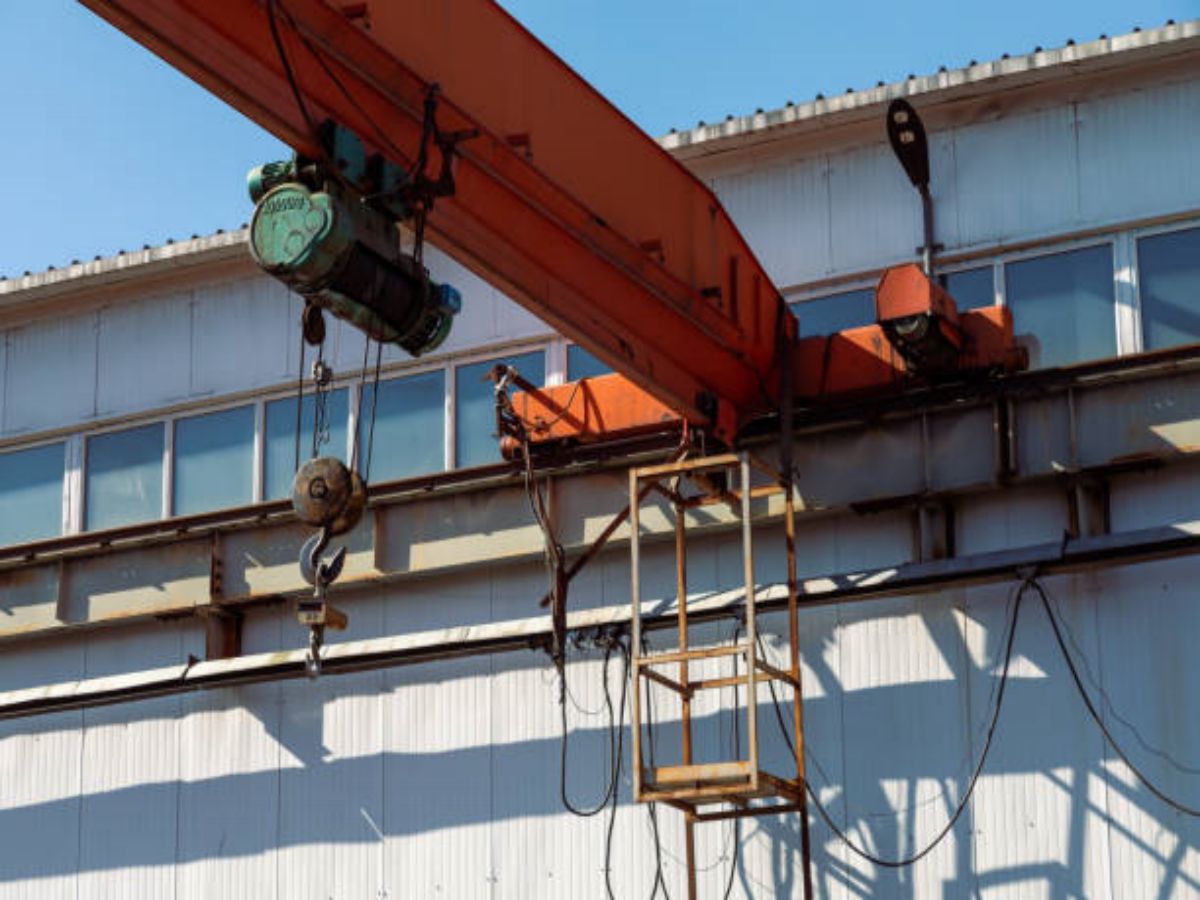Vacuum Lift Bridge Crane vs. Jib Crane: Which Is More Suitable for Your Operations?
When it comes to material handling in industrial operations, choosing the right equipment can significantly impact efficiency and productivity. Vacuum lift bridge cranes and jib cranes are two popular options in the market. In this article, we will explore the key differences and advantages of both types of cranes to help you determine which one is more suitable for your operations.
1. Understanding Vacuum Lift Bridge Cranes
Vacuum lift bridge cranes are versatile lifting devices that utilize vacuum suction to handle various loads. These cranes consist of a bridge, which moves along a runway system, and a vacuum lifter attached to the bridge. The vacuum lifter uses suction cups or pads to securely grip and lift objects.
2. Advantages of Vacuum Lift Bridge Cranes
One of the significant advantages of vacuum lift bridge cranes is their ability to handle a wide range of load sizes and shapes. Whether you need to lift boxes, sheets, or even porous materials like wood, vacuum lift bridge cranes can provide a secure grip and efficient lifting.
Additionally, these cranes offer precise positioning and control, allowing operators to maneuver loads with ease. The vacuum lifters can rotate the load, tilt it, or even invert it, providing flexibility in handling different materials and optimizing workflow.
3. Understanding Jib Cranes
Jib cranes, on the other hand, are a type of crane that consists of a horizontal beam (jib) that is attached to a vertical support structure. These cranes can be wall-mounted or freestanding, depending on the specific requirements of the operation. Jib cranes typically have a hoist or trolley system that moves along the jib to lift and transport loads.
4. Advantages of Jib Cranes
Jib cranes offer several advantages that make them suitable for certain operations. Firstly, they require minimal installation space and can be installed in areas with low headroom. This makes them a popular choice for smaller facilities or areas with limited space.
Moreover, jib cranes provide a high degree of flexibility and precision in load handling. The ability to rotate the jib allows operators to position the load precisely, even in confined spaces. This can be particularly beneficial in assembly lines or workstations where precise load placement is crucial.
5. Factors to Consider: Load Capacity
One important factor to consider when choosing between vacuum lift bridge cranes and jib cranes is the load capacity required for your operations. Vacuum lift bridge cranes typically have a higher load capacity compared to jib cranes. If your operations involve heavy lifting or handling large loads, a vacuum lift bridge crane may be the more suitable option.
6. Factors to Consider: Spatial Requirements
Spatial requirements play a crucial role in determining the suitability of a crane for your operations. Vacuum lift bridge cranes require an overhead runway system, which may not be feasible in facilities with limited ceiling height or where floor space is at a premium. Jib cranes, on the other hand, can be installed in areas with lower headroom and require less floor space.
7. Factors to Consider: Load Handling Flexibility
The nature of your operations and the types of loads you handle will also influence your choice between vacuum lift bridge cranes and jib cranes. If your operations involve handling a wide variety of load sizes, shapes, and materials, vacuum lift bridge cranes offer greater flexibility due to their ability to securely grip and lift different objects.
8. Factors to Consider: Precision and Maneuverability
Precision and maneuverability are key considerations in many material handling operations. If your operations require precise load placement or maneuvering in tight spaces, jib cranes may offer better control and positioning. The ability to rotate the jib and move the hoist/trolley along the beam allows for more precise movements compared to vacuum lift bridge cranes.
9. Factors to Consider: Cost and Maintenance
Cost and maintenance are important factors to evaluate when choosing between vacuum lift bridge cranes and jib cranes. Vacuum lift bridge cranes tend to have higher initial costs due to the complexity of the vacuum lifting system. However, they often require less maintenance compared to jib cranes, which have moving parts that may require regular lubrication and inspection.
10. Conclusion: Choosing the Right Crane for Your Operations
In conclusion, selecting the most suitable crane for your operations depends on various factors such as load capacity, spatial requirements, load handling flexibility, precision, maneuverability, cost, and maintenance. Vacuum lift bridge cranes excel in handling diverse loads with precision, while jib cranes offer flexibility in confined spaces. Assessing your specific needs and considering these factors will help you make an informed decision to optimize your material handling operations.

